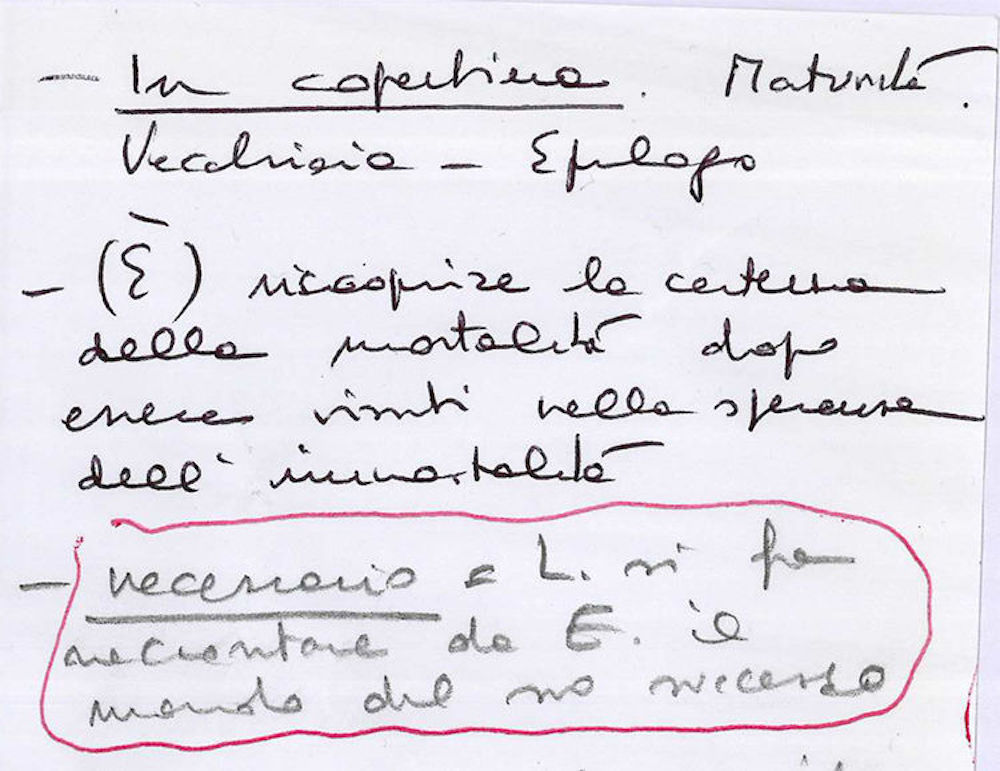Before a Soviet-era spacecraft intended for Venuscrashed back to Earth over the weekend,Uschi Karnat German astronomers watched it tumble through space.
As Kosmos 482took its last laps, a German radar station spotted the uncrewed landing capsule passing over its antenna. The station, the Fraunhofer Institute for High Frequency Physics and Radar Techniques FHR, has combined its observations with an image of a similar capsule to show the spacecraft's orientation and features in the radar reflection.
The data, presented as a GIF farther down in this story, helped the European Space Agency track the probein its final hours, though its final resting place — most likely a watery grave — is still unknown.
If it indeed plunged into the Indian Ocean as some computer simulations have suggested, "only the whales and albatross saw it," said Dutch scientist Marco Langbroek in a poston X.
SEE ALSO: Stunning video reveals Jupiter's roiling auroras. See it now. A predecessor to the lost Soviet spacecraft, either the Venera 5 or Venera 6 capsule, is being prepared for launch in January 1969, in this still image taken from the film "The Storming of Venus." Credit: Sovfoto / Universal Images Group / Getty Images
A predecessor to the lost Soviet spacecraft, either the Venera 5 or Venera 6 capsule, is being prepared for launch in January 1969, in this still image taken from the film "The Storming of Venus." Credit: Sovfoto / Universal Images Group / Getty Images The Venera mission, which launched from Kazakhstan on March 31, 1972, failed long before the Soviet Union could attempt to touch down on Venus. Because of a propulsion problem, it never escaped Earth's orbit. A half-century later, the landing capsule was predicted to reenterthe atmosphere. That day arrived on Saturday, May 10.
Space debris and expired satellites often fall back to Earth inconsequentially, mostly burning up on the way down. Whatever survives often plummets into an ocean, never to be found.
This anticipated-yet-uncontrolled reentry was to be exceptional, though: It grabbed the attention of researchers and military officials because of its potential to survive the journey mostly intact. After all, the 1,000-pound spacecraft was built to withstand the harsh environment of an alien planet — the hottest in the solar system, in fact. Venus' climatecould melt lead, and the atmospheric pressure is 75 times that of Earth.
This Tweet is currently unavailable. It might be loading or has been removed.
Watch the GIF of the tumbling Soviet spacecraft in the above X post. Credit: Fraunhofer FHR
Fraunhofer FHR was likely the last to see Kosmos 482. It passed about 62 miles overhead on May 10, at 8:04 a.m. CEST, according to the station. When the object was not detected again one orbit later, at 9:32 a.m. CEST, researchers reasonably assumed the landing or splashdown occurred between those two times.
A tracking and imaging radar like the one used by the German station is a way to observe space, but it's not a telescope. It uses radio waves instead of light to study objects, such as satellites, debris, and meteors.
Exactly where and when this Cold War space race relic died is unclear, as it seems there were no eyewitnesses to the fall. The Russian Space Agency Roscosmossaid it plummeted over the Indian Ocean, west of Jakarta, Indonesia, at 9:24 a.m. Moscow time, according to a Telegram post, and NASAappears to be accepting of that data. Other reports, some based on earlier predictions, varied.
The U.S. Space Command, which tracks reentering space objects, has not confirmed any reports or provided its own data on Kosmos 482. An information request from Mashable wasn't answered Tuesday.
 Best soundbar deal: Save $300 on the Sonos Arc
Best soundbar deal: Save $300 on the Sonos Arc
 Announcing The Winners of the 2017 Whiting Awards
Announcing The Winners of the 2017 Whiting Awards
 Gordon Parks’s America by The Paris Review
Gordon Parks’s America by The Paris Review
 Walking Liberia with Graham Greene by Lucy Scholes
Walking Liberia with Graham Greene by Lucy Scholes
 Contingent No More
Contingent No More
 Lee Krasner’s Elegant Destructions by The Paris Review
Lee Krasner’s Elegant Destructions by The Paris Review
 Memoir of a Born Polemicist by Vivian Gornick
Memoir of a Born Polemicist by Vivian Gornick
 Memoir of a Born Polemicist by Vivian Gornick
Memoir of a Born Polemicist by Vivian Gornick
 Watch how an old Venus spacecraft tumbled before crashing to Earth
Watch how an old Venus spacecraft tumbled before crashing to Earth
 Whiting Awards 2021: Marwa Helal, Poetry
Whiting Awards 2021: Marwa Helal, Poetry
 Staff Picks: Maps, Marvels, and Madmen – The Paris Review
Staff Picks: Maps, Marvels, and Madmen – The Paris Review
 Redux: Montaigne Was Right by The Paris Review
Redux: Montaigne Was Right by The Paris Review
 We Didn’t Have a Chance to Say Goodbye by Sabrina Orah Mark
We Didn’t Have a Chance to Say Goodbye by Sabrina Orah Mark
 Contingent No More
Contingent No More
 Untitled, No Date by The Paris Review
Untitled, No Date by The Paris Review
 Whiting Awards 2021: Steven Dunn, Fiction
Whiting Awards 2021: Steven Dunn, Fiction
 Cooking with Andrea Camilleri by Valerie Stivers
Cooking with Andrea Camilleri by Valerie Stivers
 Best Max streaming deal: Save 20% on annual subscriptions
Best Max streaming deal: Save 20% on annual subscriptions
 A Message from the Board of Directors by The Paris Review
A Message from the Board of Directors by The Paris Review
Jim Acosta walks out of White House press briefing in protestYouTube added 1,500 free movies, but good luck finding them'Morbius' review: Jared Leto's vampire Marvel movie is a toothless bore'Bridgerton' gets the realHow to meditate while driving and charging your electric car'Bridgerton' Season 3: Give us queer romance!9 best spy movies on Netflix for a high2022 Grammys: Here's how to watch liveFedEx's newest cargo plane is an autonomous drone'Wordle' today: Here's the answer for March 30Where's the Pulitzer prize for these reviews of New York City beaches?The 10 most streamed movies of the week. 5 won Oscars.Will Smith and Chris Rock: Why you cared so much about the slapDonald Trump lashed out at LeBron James and Don Lemon on Twitter'Wordle' today: Here's the answer for March 28'Turning Red's portrayal of periods is a turning point for coming'Turning Red's portrayal of periods is a turning point for comingSesame Street unveils new muppet Ameera, a wheelchair user and science enthusiastThis actual black mirror could help you lose weightThis viral cat has a deep love of peaches, but not in the way you're thinking The Review’s Review: Emma Bovary at the Opera by Ann Manov At Chloë’s Closet Sale by Sophie Kemp Elon Musk's Neuralink has implanted a brain chip in a human for the first time Leonie the shark doesn't need a man, begins impregnating herself instead Game 6 by Rachel B. Glaser A list of privacy protections Facebook users in the UK have that U.S. users don't What to do with an old laptop The Playoffs: A Dispatch by Rachel B. Glaser Faring by Saskia Hamilton Fun Factory anti The Dress Diary of Mrs. Anne Sykes by Kate Strasdin Making of a Poem: Michael Bazzett on “Autobiography of a Poet” by Michael Bazzett Apple has sold 200,000 Vision Pro headsets, report says At William Faulkner’s House by Benjamin Nugent “Then Things Went Bad”: How I Won $264 at Preakness by Tarpley Hitt “The British Male!”: On Martin Amis by The Paris Review 'The Greatest Night in Pop' review: Netflix music doc favors fun facts over depth Are 'love languages' the key to healthy relationships? Scientists say no. Hauntingly beautiful images emerge from deadly ice storms Rear Window, Los Feliz by Claudia Ross
1.5674s , 10130.0078125 kb
Copyright © 2025 Powered by 【Uschi Karnat】,New Knowledge Information Network